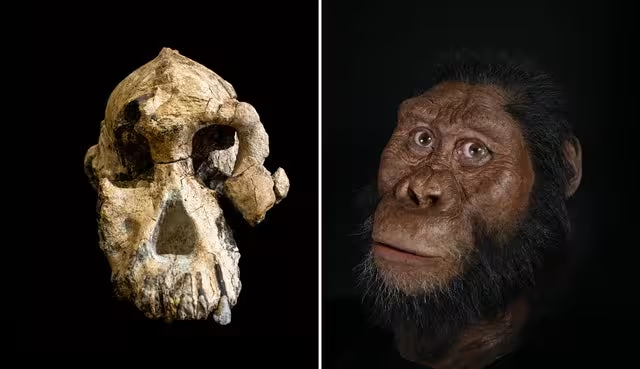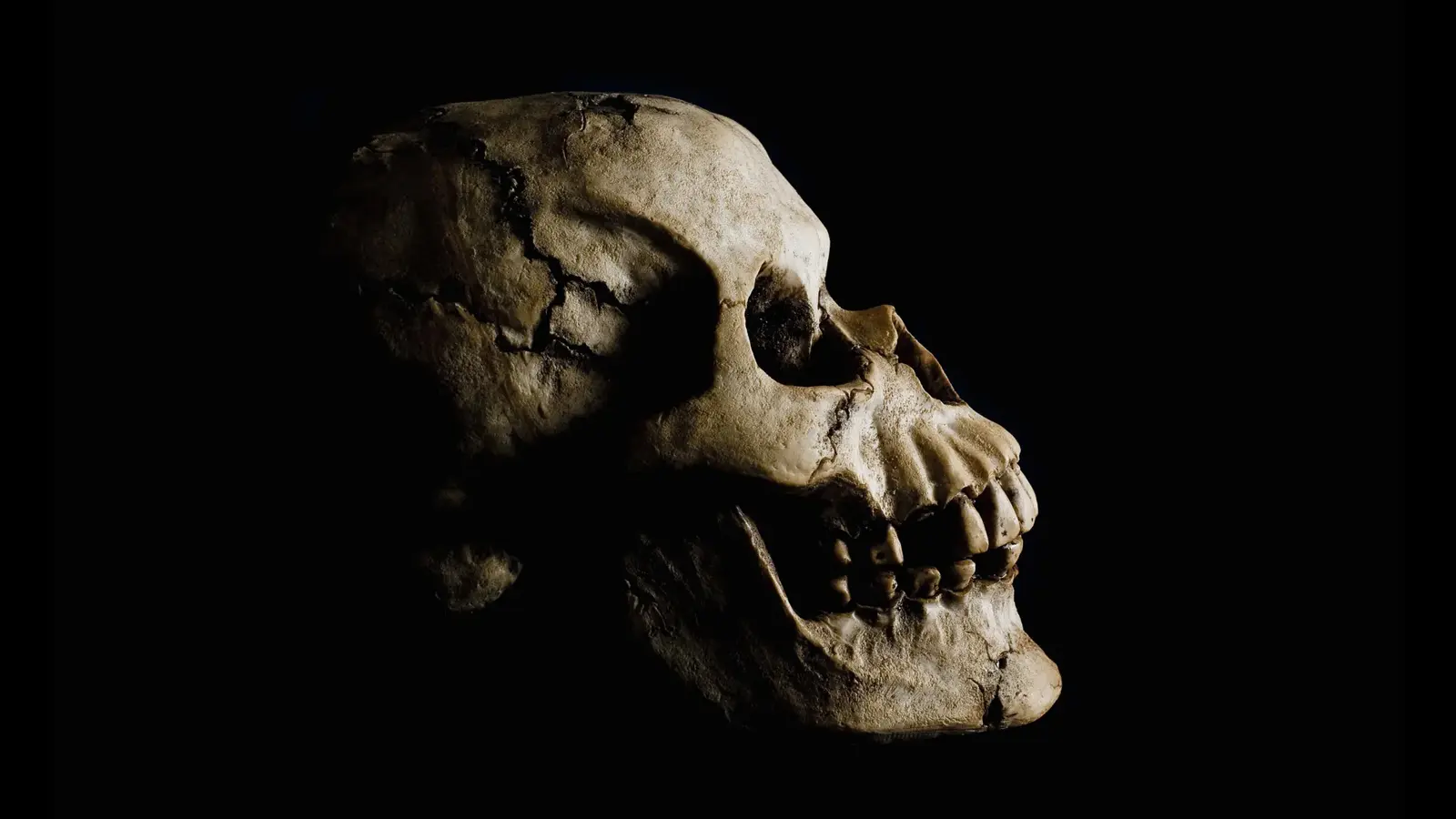8 Minutes
New fossils from Ledi-Geraru rewrite a key chapter in human evolution
An international team working at the Ledi-Geraru field site in Ethiopia has recovered new fossil teeth that change how scientists view the transition from australopiths to early humans. The discoveries, reported in the journal Nature, indicate that a previously unknown species of Australopithecus and some of the oldest specimens of the genus Homo occupied the same landscape in eastern Africa between about 2.8 and 2.6 million years ago. The finds include 13 teeth attributed to both lineages and reinforce earlier evidence from Ledi-Geraru that the oldest known Homo mandible dates to roughly 2.8 million years.
What was found: teeth, tools and a tangled family tree
The Ledi-Geraru Research Project, led by Arizona State University scientists and collaborators, has returned a set of dental fossils that do not match Australopithecus afarensis (the species of the famed "Lucy" fossil). Instead, the tooth morphology indicates a distinct australopith species present at the same time and place as early Homo. Because the material currently consists of teeth alone, the researchers have not yet assigned a formal species name; additional skeletal remains will be needed to support a formal taxonomic description.
These discoveries build on a high-profile 2013 Ledi-Geraru recovery: a lower jaw assigned to the earliest known Homo at about 2.8 million years ago. The site has also produced the earliest evidence of Oldowan-style stone tools in the same region, linking behavioral and anatomical changes in early hominins. "The new finds of Homo teeth from 2.6–2.8 million year old sediments ... confirms the antiquity of our lineage," said Brian Villmoare, lead author and ASU alumnus.
How the fossils were dated: volcanoes, feldspar crystals and stratigraphy
Precise dating is essential for placing fossils within evolutionary timelines. The Afar region of Ethiopia, where Ledi-Geraru lies, is part of an active rift system with frequent volcanic eruptions through geological time. Volcanic ash layers (tephra) deposited across the landscape contain feldspar crystals and other minerals that can be radiometrically dated using isotopic methods. By dating ash layers above and below the fossil-bearing sediments, geologists establish a reliable age bracket for the fossils themselves.
"We can date the eruptions that were happening on the landscape when they're deposited," explained Christopher Campisano, geologist at Arizona State University. The team dated the volcanic ash units that sandwich the fossil horizons, providing age control that places the teeth and mandible between about 2.6 and 2.8 million years ago. Ramon Arrowsmith, another long-term project geologist, emphasized that Ledi-Geraru offers an interpretable geologic record with robust age control across the 2.3–2.95 million year interval — a crucial window when major evolutionary shifts occurred.

Environment and ecology: reconstructing an ancient landscape
Fossils and geologic evidence together allow scientists to reconstruct the paleoenvironment. The modern faulted badlands of Ledi-Geraru contrast sharply with the ancient scene: around 2.6–2.8 million years ago the area featured rivers meandering through vegetated lowlands and shallow lakes that periodically expanded and contracted. These shifting water and vegetation systems would have created a dynamic patchwork of habitats and resources, shaping how different hominin species lived and competed.
Understanding habitat structure matters for questions of diet, mobility and tool use. The Ledi-Geraru team is now analyzing tooth enamel to obtain direct evidence of diet via isotopic and microwear studies. Those analyses will help determine whether earliest Homo and the newly recognized Australopithecus species exploited the same food resources or partitioned the landscape in distinct ways.
Implications: human evolution as a branching, not linear, process
One of the headline implications of the Ledi-Geraru finds is that human evolution was not a simple linear progression from "ape" to Homo to modern humans. Instead, multiple hominin species coexisted, sometimes in the same regions. "This new research shows that the image many of us have in our minds of an ape to a Neanderthal to a modern human is not correct — evolution doesn't work like that," said ASU paleoecologist Kaye Reed. "Here we have two hominin species that are together. And human evolution is not linear, it's a bushy tree, there are life forms that go extinct."
The coexistence of distinct australopiths and early Homo raises key questions about competition, resource sharing, and the behavioral or ecological drivers that allowed Homo to survive and ultimately become our lineage. The presence of early Oldowan tools at Ledi-Geraru further ties technological innovation to the broader story of hominin adaptation during this critical interval.
What's next: fossils, isotopes and fieldwork
Researchers stress that more fossils are required to flesh out the story. Teeth provide crucial anatomical and ecological signals but cannot reveal full body proportions, locomotor behavior, or many diagnostic skeletal features needed to define a new species conclusively. "We know what the teeth and mandible of the earliest Homo look like, but that's it," Villmoare noted. "This emphasizes the critical importance of finding additional fossils to understand the differences between Australopithecus and Homo, and potentially how they were able to overlap in the fossil record at the same location."
Ongoing analyses include enamel isotopes and microwear studies to infer diet, additional field seasons to recover more material, and continued stratigraphic and tephrochronological work to refine ages. Training a new generation of field researchers is also a priority: fieldwork in previously underexplored areas may yield sites with complementary records.
Expert Insight
Dr. Elena Morales, a fictional but realistic paleoecologist and science communicator, comments: "The Ledi-Geraru results highlight how tightly linked geology and paleontology must be to reconstruct deep-time events. Dating volcanic ash layers gives us the clock; fossils give us the actors. Together they let us see not only who was present, but how ecological change may have driven evolutionary change. The fact that early Homo and another australopith lived in the same landscape pushes us to explore behavioral differences — for example, subtle shifts in diet or tool use — that could have influenced survival outcomes."
Conclusion
The Ledi-Geraru discoveries add an important, and somewhat surprising, chapter to our understanding of early hominin evolution. New teeth from 2.6–2.8 million year old deposits in Ethiopia indicate that a previously unknown Australopithecus and the earliest known Homo lived together in the Afar rift. Precise volcanic ash dating anchors these fossils in time and enables reconstruction of a shifting river-and-lake landscape. Together with evidence for early Oldowan tools, the finds underscore that human evolution unfolded as a branching process with overlapping species rather than a single linear march. Ongoing fieldwork, more fossil discoveries, and detailed enamel and isotopic analyses will be essential to resolve who these hominins were, how they lived, and how our lineage emerged from a diverse hominin ecosystem.
Reference: "New discoveries of Australopithecus and Homo from Ledi-Geraru, Ethiopia," Nature. Work led by researchers and alumni associated with Arizona State University, including Brian Villmoare, Kaye Reed, Christopher Campisano, Ramon Arrowsmith and others.
Source: sciencedaily


Leave a Comment